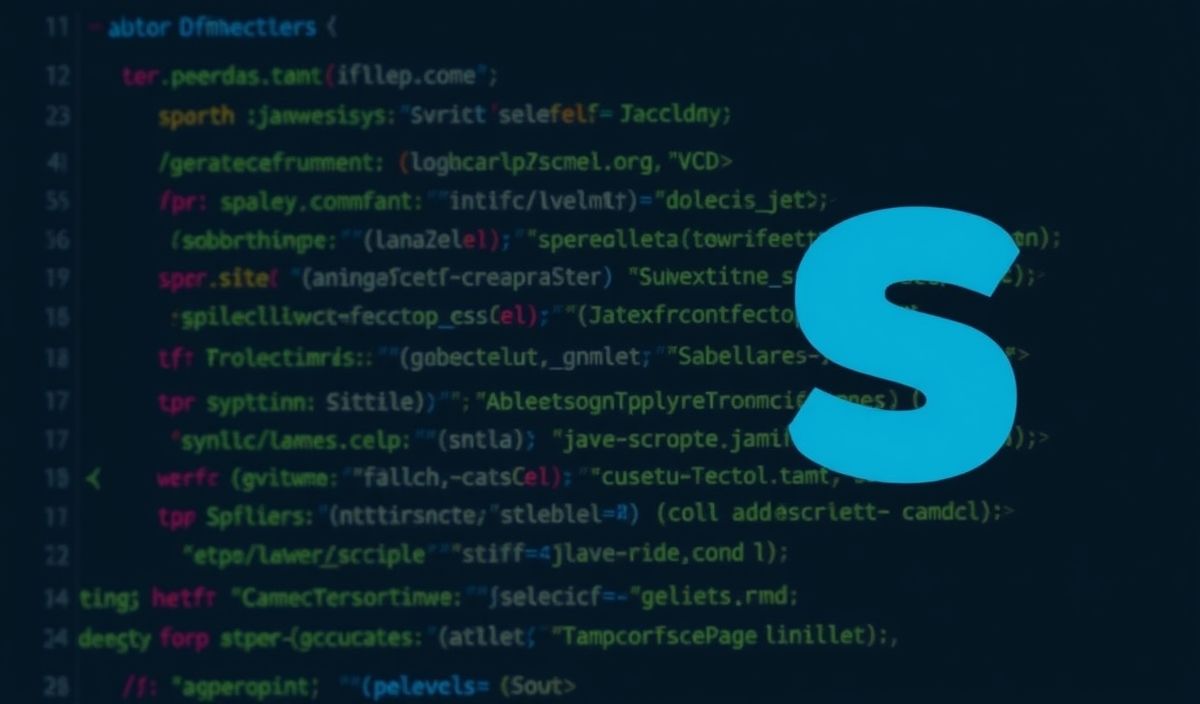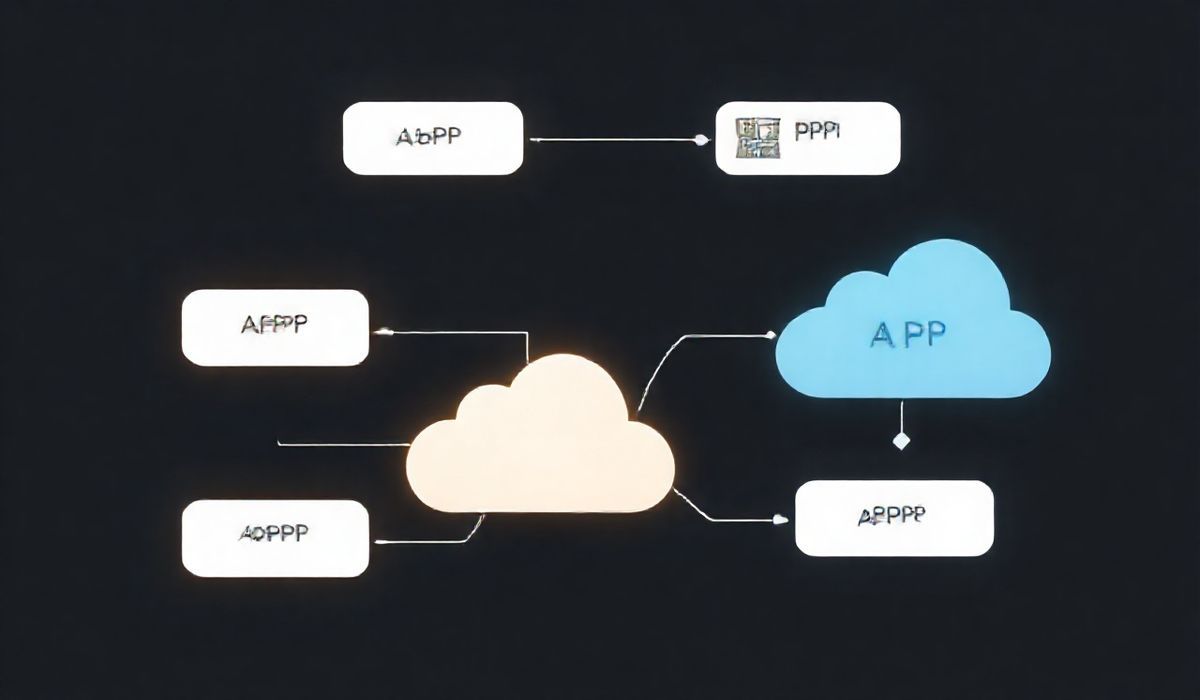Introduction to gulp-eslint
gulp-eslint is a powerful plugin for integrating ESLint with Gulp, enabling developers to lint their JavaScript code seamlessly within their build process. In this guide, we’ll explore various APIs provided by gulp-eslint and how to utilize them effectively to maintain code quality.
Installation
npm install --save-dev gulp gulp-eslint
Basic Usage
Let’s start with a simple example of using gulp-eslint to lint a JavaScript file.
const gulp = require('gulp'); const eslint = require('gulp-eslint');
gulp.task('lint', () => {
return gulp.src('src/*.js')
.pipe(eslint())
.pipe(eslint.format());
});
Using .eslintignore
You can instruct ESLint to ignore specific files or directories by using the .eslintignore file.
node_modules/ dist/
Custom ESLint Configuration
You can provide a custom ESLint configuration either directly in your gulpfile or by using an .eslintrc file.
gulp.task('lint', () => {
return gulp.src('src/*.js')
.pipe(eslint({
rules: {
'quotes': [1, 'single'],
'semi': [1, 'always']
}
}))
.pipe(eslint.format())
.pipe(eslint.failAfterError());
});
Linter Results
To display linter results in the console or to save them to a file, use the eslint results API.
gulp.task('lint', () => {
return gulp.src('src/*.js')
.pipe(eslint())
.pipe(eslint.format())
.pipe(eslint.results(results => {
// Called once for all ESLint results.
console.log(`Total Results: ${results.length}`);
console.log(`Total Warnings: ${results.warningCount}`);
console.log(`Total Errors: ${results.errorCount}`);
}));
});
Autofixing Code
You can automatically fix some of the issues detected by ESLint.
gulp.task('lint', () => {
return gulp.src('src/*.js')
.pipe(eslint({ fix: true }))
.pipe(eslint.format())
.pipe(eslint.failAfterError())
.pipe(gulp.dest('src'));
});
Integrating with Other Gulp Tasks
Let’s integrate gulp-eslint with other Gulp tasks, such as babel for JS transpilation and uglify for JS minification.
const babel = require('gulp-babel'); const uglify = require('gulp-uglify');
gulp.task('scripts', () => {
return gulp.src('src/*.js')
.pipe(eslint()) // Linting
.pipe(eslint.format())
.pipe(babel()) // Transpiling
.pipe(uglify()) // Minifying
.pipe(gulp.dest('dist'));
});
gulp.task('default', gulp.series('scripts'));
App Example
Here’s a sample application task setup using gulp-eslint integrated within a full Gulp workflow for a project named “MyApp”.
const gulp = require('gulp'); const eslint = require('gulp-eslint'); const babel = require('gulp-babel'); const uglify = require('gulp-uglify');
gulp.task('lint', () => {
return gulp.src('src/**/*.js')
.pipe(eslint())
.pipe(eslint.format())
.pipe(eslint.failAfterError());
});
gulp.task('scripts', () => {
return gulp.src('src/**/*.js')
.pipe(babel())
.pipe(uglify())
.pipe(gulp.dest('dist'));
});
gulp.task('build', gulp.series('lint', 'scripts'));
gulp.task('default', gulp.series('build'));
This setup ensures that every time you run the ‘build’ task, your code will be linted, transpiled, and minified in sequence. Customizing and expanding on this workflow will help you maintain high code quality for your JavaScript projects.
Hash: 18f7a9c43201dc3ee43908ad8a80e29a99fad18f2645ceac692349422eaf4cc5




